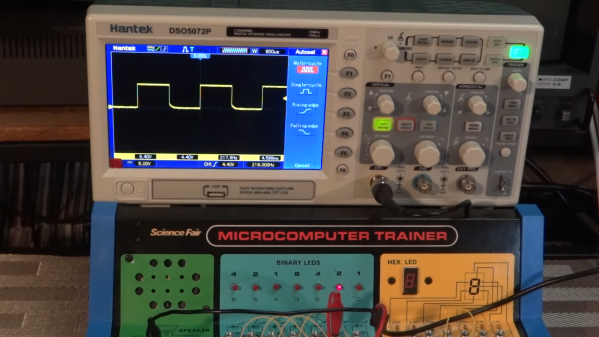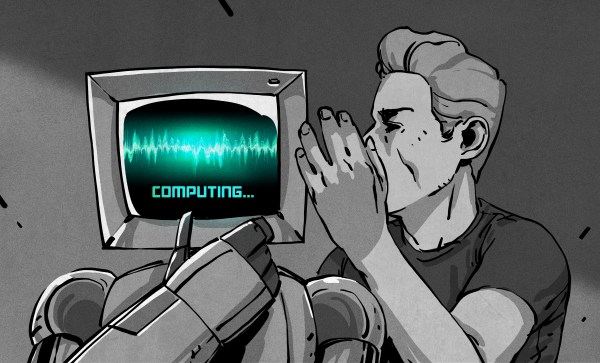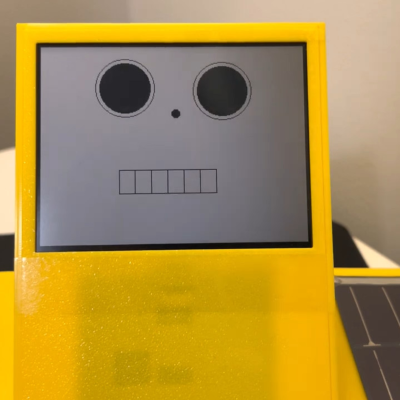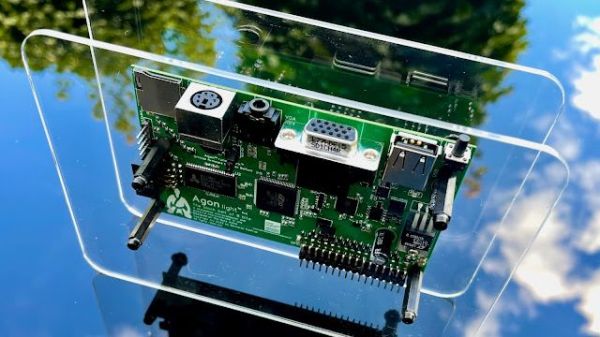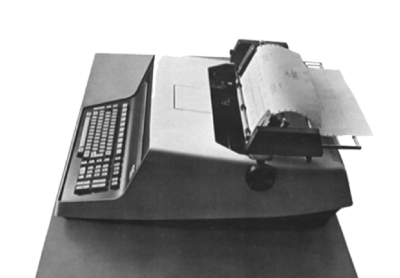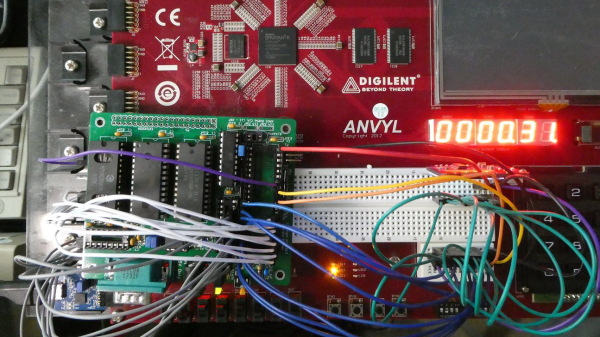If you’re nostalgic for the golden age of microprocessors and dream of building your own computer, this story might spark your imagination. [Eric Lind], passionate retro enthusiast and his 14-year-old son, embarked on a mission to craft a microcomputer from scratch, centred around the exotic Motorola 6809 chip: the µLind.
What sets this project apart is its ambition: bridging retro computing with modern enhancements. Starting with just a 6809 and some basic peripherals, the men designed a multi-stage roadmap to realize their dream. Each stage brought new challenges: debugging an address decoder, reworking memory management, and evolving glue logic into programmable GAL chips. Fascinatingly, the project isn’t just about nostalgia—it’s a playground for exploring multitasking operating systems and pushing the boundaries of 8-bit computing.
Their creativity shines in solutions like a C64-compatible joystick port, add-on expansion cards, and a memory overkill of 1MB RAM. With every setback—a missing pull-up resistor or a misrouted IRQ signal—their determination grew stronger. By combining old-school know-how with modern tools like KiCad, they’ve created something that is both personal and profoundly inspiring.
[Eric]’s hope and goal is to establish a community of people that want to expand beyond the traditional Z80 and 6502 based SBC’s. Interested? Read [Eric]’s project log on Hackaday.io and start crafting!


